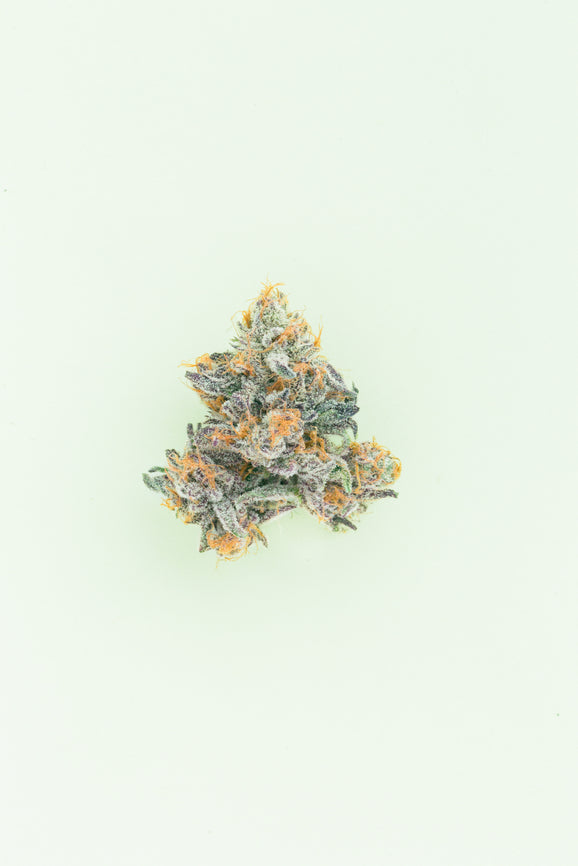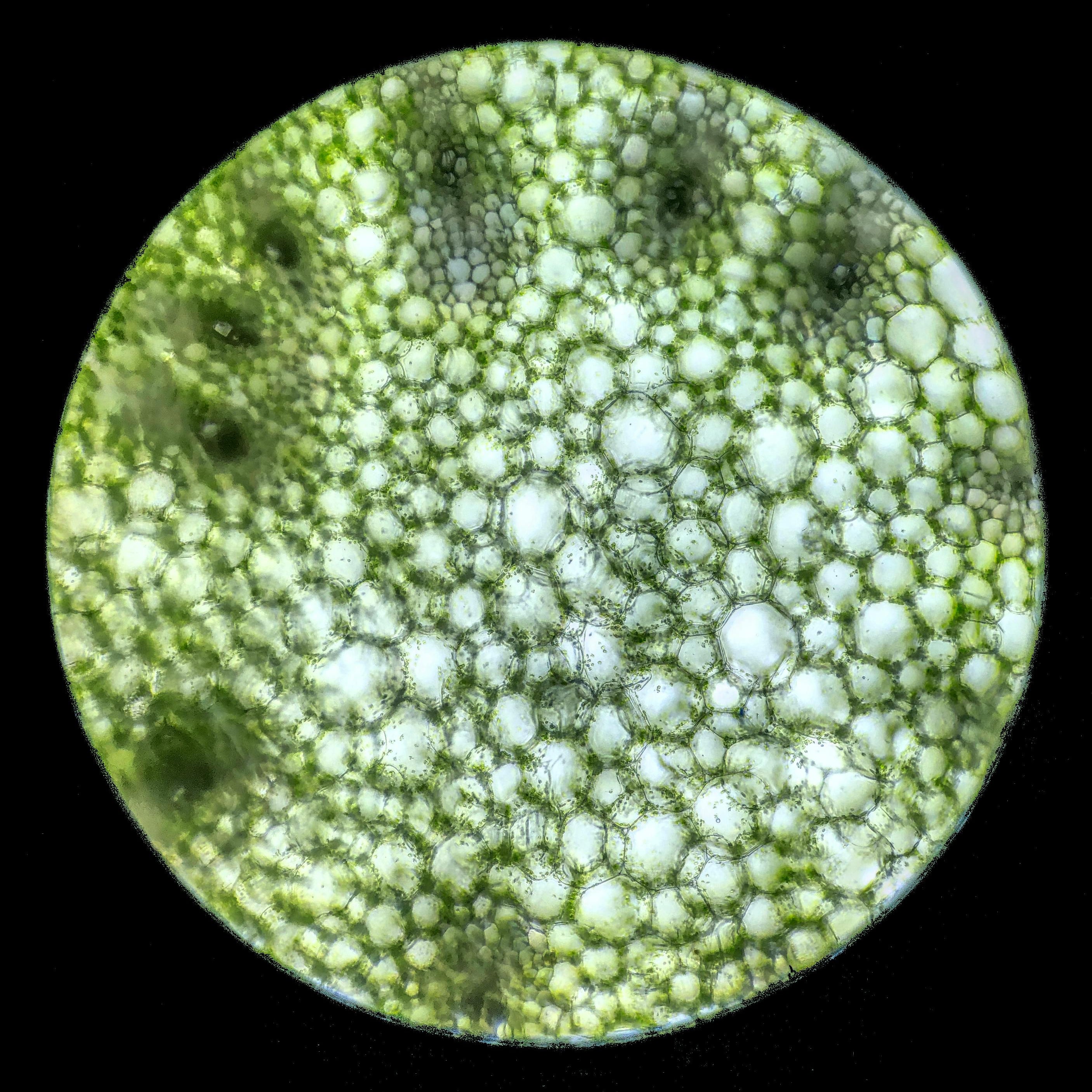The relationship the United States has with the cannabis plant has undergone several iterations since the plant was introduced to American society in 1606 in the form of hemp. This volatile relationship has become a powerful pressure gauge for conversations on racial and criminal justice reform across the country.
Let’s leap back in time—to way before the catastrophic War on Drugs—to see how cannabis and anti-Black racism became so intrinsically linked. Understanding the racist history of cannabis in the United States is imperative—because not only is it crucial to shine a light on the current injustices facing PoC cannabis users—it’s also important that we’re intimately acquainted with cannabis-related oppression, punishment, and exclusion. Lest we continue to repeat it.
Hemp Farming and Slavery
Prominent US forefathers like George Washington and Thomas Jefferson were two of the biggest investors in slavery and in the country’s flourishing hemp industry. Jefferson was even quoted saying, "Hemp is of first necessity to the wealth and protection of this country." And indeed, hemp was a necessary tool during the first half of the 17th century as the first American colonies were being established.
Eventually in 1619, the state of Virginia would pass a law making it a requirement for all colonies to grow hemp. As the United States began to become more established, states like New York, New Jersey, and Pennsylvania tried to establish similar laws to make hemp a requirement to grow. Those measures never passed, and a large portion of hemp production remained in the Southern states simply because there were more slaves.
Hemp was Kentucky's biggest cash crop during the 1800's. Kentucky's rich soil and bountiful rainfall created the perfect environment to grow hemp. Rows of luscious hemp resembled a green sea rolling across the Kentucky landscape. The crop was bountiful and beautiful, but harvesting and creating products from them was a very laborious task.
White farmers believed that African Americans were better equipped to handle the hard work that harvesting required. So under threat of violence and without a choice, African American men and women became experts at harvesting and creating materials—like rope, sailcloth, and industrial bags—from the hemp plant.
In his book, A History Of The Hemp Industry in Kentucky, historian James F. Hopkins writes, "Without hemp, slavery might not have flourished in Kentucky, since other agricultural products of the state were not conducive to the extensive use of bondsmen. On the hemp farm and in the hemp factories the need for laborers was filled to a large extent by the use of Negro slaves, and it is a significant fact that the heaviest concentration of slavery was in the hemp producing area."
In 1850, it was reported that Kentucky's hemp industry produced 40,000 tons of hemp worth $5 million dollars. The state’s hemp industry flourished purely because of slave labor. To produce hemp, extensive manual labor was required on farms and in factories. Compared to the labor needed to pick cotton, hemp farms and factories required less slaves but they were still subject to working 16+ hour days while handling the rough fibers produced by the plant.
How History Is Being Rectified
Minorities 4 Medical Marijuana is a nationwide organization that offers programming in various states, like the recent Florida Hemp Farming Education Tour hosted by founder Roz McCarthy. The organization creates opportunities for interested minorities to become experts in harvesting hemp for their own economic gain and financial freedom. McCarthy also hosts a series of webinars such as “Sow The Land” that teach minorities how to start hemp businesses.The End of the Civil War and Marijuana Menace
During the Civil War—and with the abolition of slavery—there was a great decline in American hemp production. Freed African Americans faced a number of struggles, including being scammed into sharecropping and the introduction of the Jim Crow laws. And, by the end of the 19th century and into the early parts of the 20th century, cannabis was being used for its medicinal properties.
And, it began to pop-up across the South and on the East Coast: the end of the Mexican Revolution brought more Mexican immigrants into the US and they brought “marijuana” with them. In his article, Reefer Madness, Eric Scholosser details how cannabis propaganda began to expand in the US at this time:
“The political upheaval in Mexico that culminated in the Revolution of 1910 led to a wave of Mexican immigration to states throughout the American Southwest. The prejudices and fears that greeted these peasant immigrants also extended to their traditional means of intoxication: smoking 'marijuana.' Police officers in Texas claimed that cannabis incited violent crimes, aroused a ‘lust for blood,’ and gave its users ‘superhuman strength.’ Rumors spread that Mexicans were distributing this ‘killer weed’ to unsuspecting American schoolchildren.”
He continues: “Sailors and West Indian immigrants brought the practice of smoking cannabis to port cities along the Gulf of Mexico. In New Orleans, newspaper articles began to associate the drug with African American jazz musicians, prostitutes, and underworld whites. ‘The Marijuana Menace,’ as sketched by anti-drug campaigners, was personified by inferior races and social deviants.”
How History Is Being Rectified
Florida A&M University’s Medical Marijuana Education and Research Initiative (MMERI) creates and provides Florida’s large Caribbean and Latin immigrant population with educational materials on cannabis in Haitian Creole, French, and Spanish. They are able to share their podcast, MMERI Forum Radio, on local radio stations that target Spanish speaking audiences. Currently, they are reaching 1.2M minorities across the state, especially in high immigrant areas like Miami, Ft. Lauderdale, Orlando, and Tampa-St.Petersburg.The Jazz Era and Cannabis Imprisonment
Prohibition of cannabis began in the South, particularly in Louisiana. Dr. Oscar Dowling, president of the Louisiana State Board of Health, began to spread his anti-cannabis sentiments in August of 1920, telling Governor John M. Parker about the "powerful narcotic, causing exhilaration, intoxication,
How History Is Being Rectified
Groups like Cannaclusive, headed by Mary Pryor, are focused on creating a space where minority owned businesses can be seen and be heard in today’s white-washed cannabis industry. They offer a pack of stock images that cannabis businesses can use in their advertising to show more diversity and a database of minority-owned businesses. And, via their Instagram, they showcase how people are working to create change for minorities in the cannabis industry.






